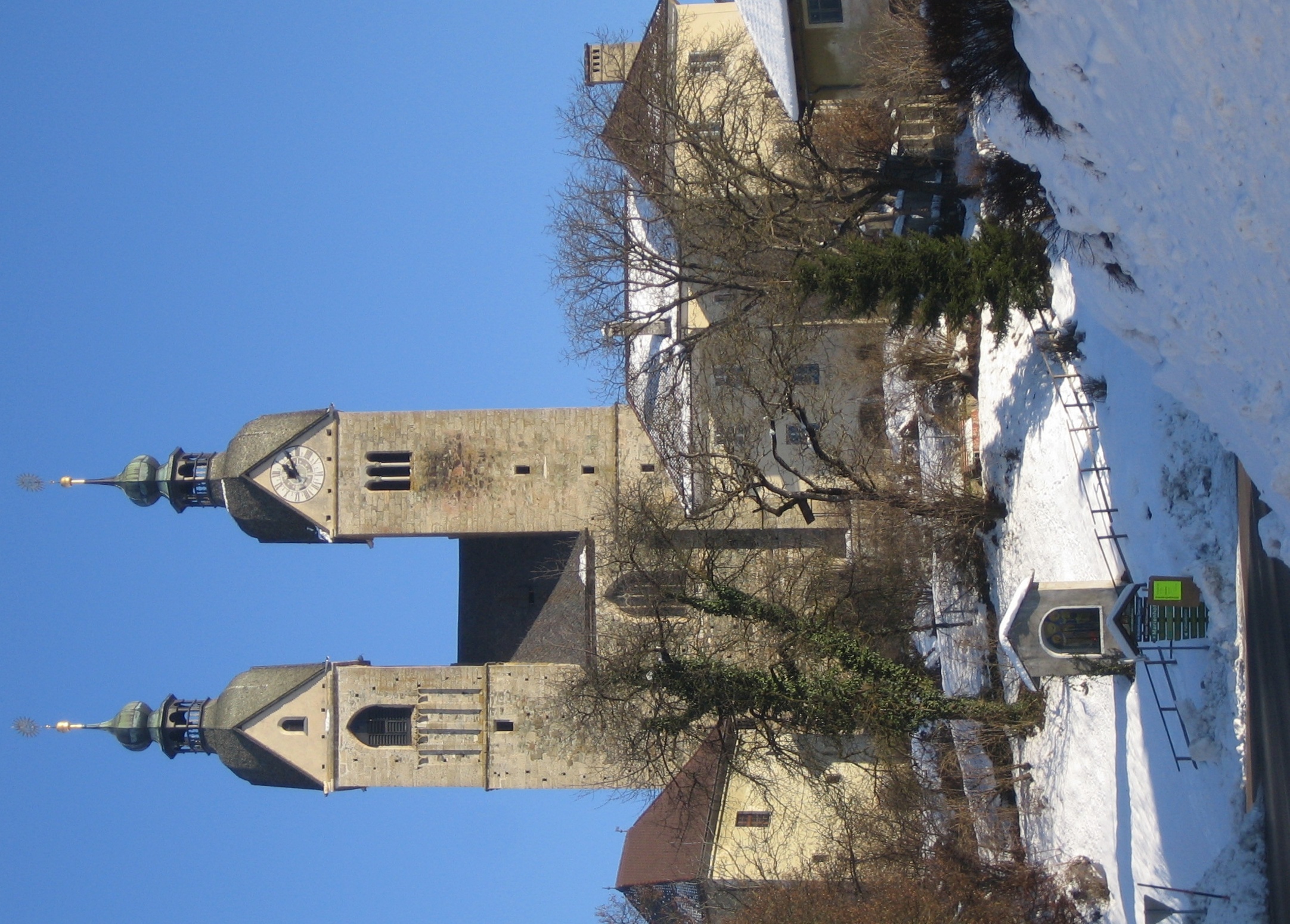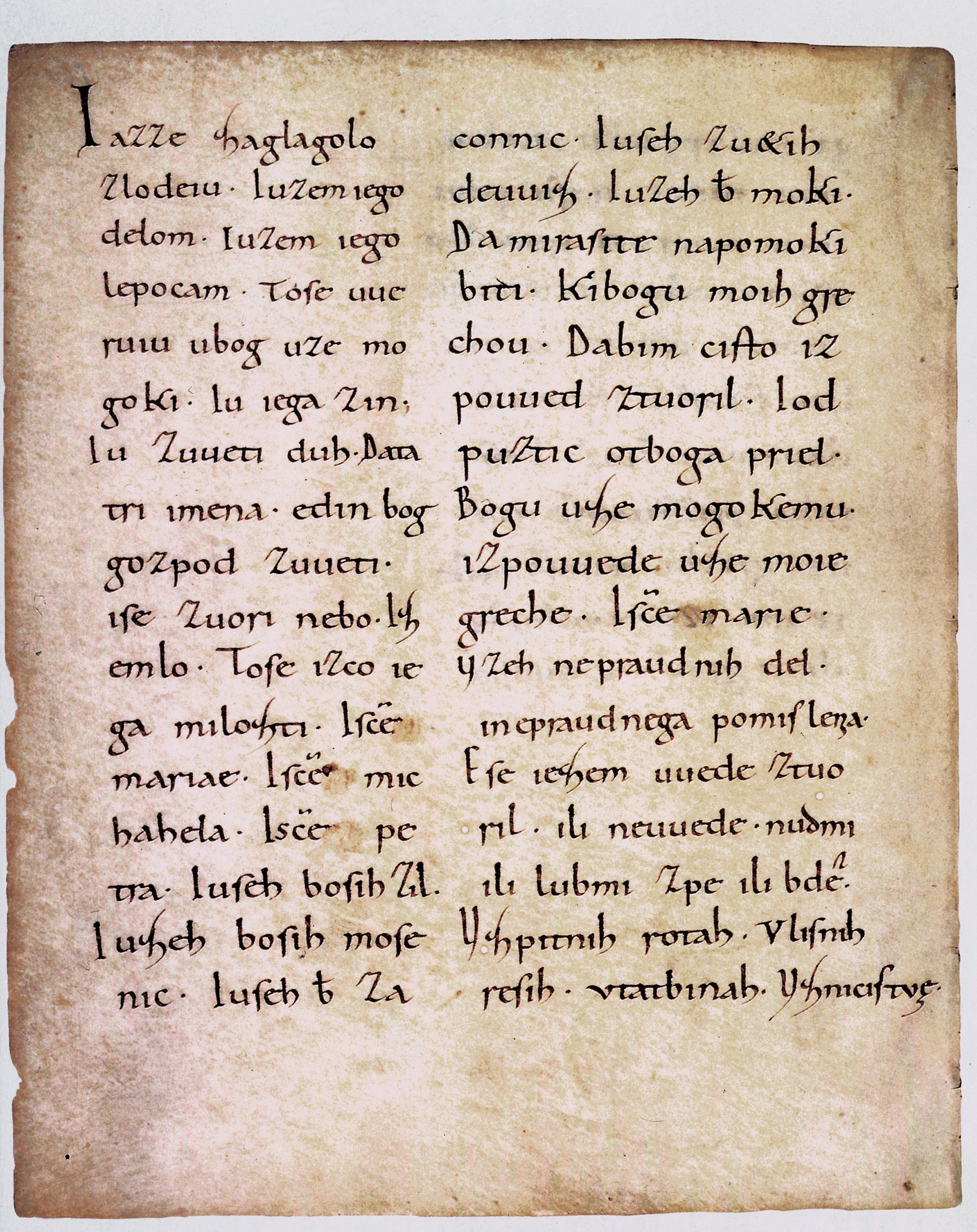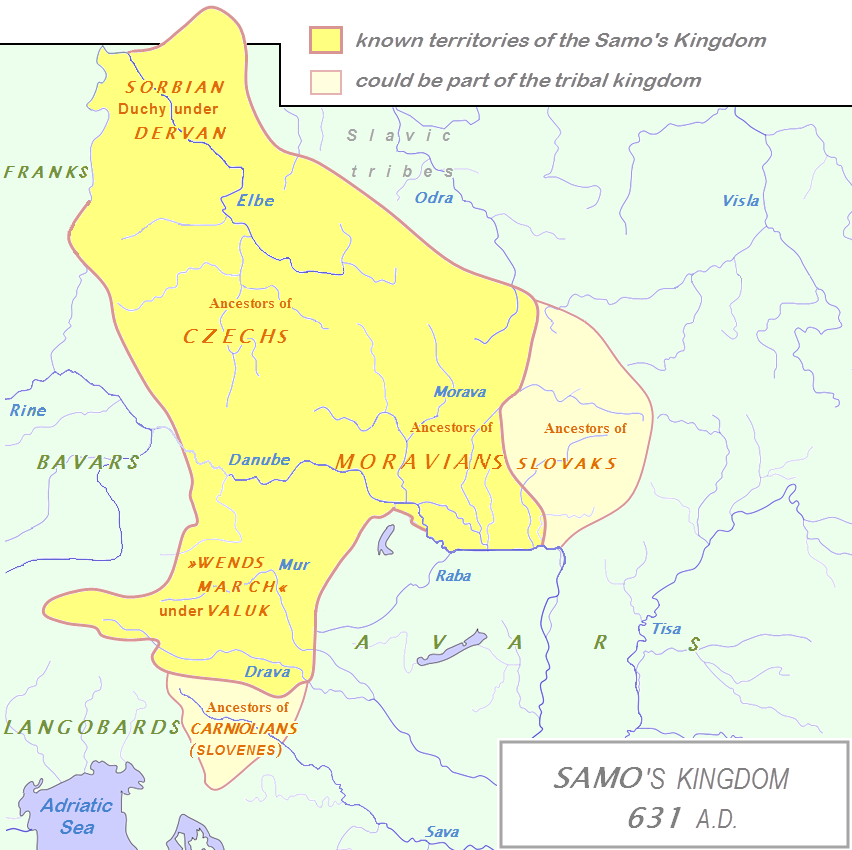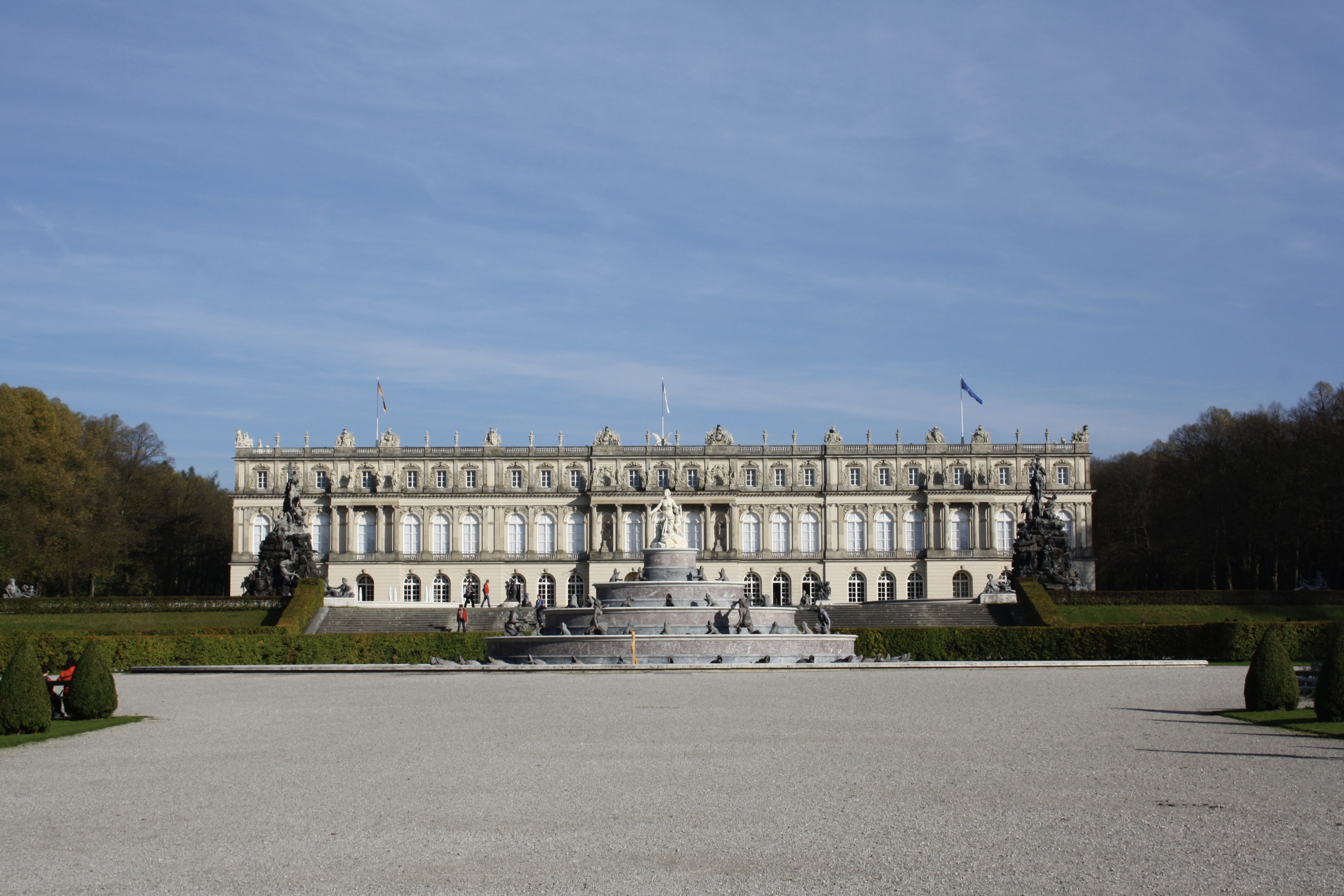|
Boruth
Boruth, also Borut (from cu, borъ, "fighter") or Borouth, (died about 750) was the first documented Slavic settlement of the Eastern Alps, Slavic prince (''Knyaz'') of Carantania, ruling from about 740 until his death. He was one of the few pagan leaders of the Carantanians to convert to Christianity.Curta, Florin (2006). ''Southeastern Europe in the Middle Ages, 500-1250.'' Cambridge University Press, Rule Boruth probably asserted himself as a Carantanian chieftain in the early 8th century. He ruled over large estates in the Eastern Alps, comprising parts of the present-day Austrian states of Carinthia and Styria, as well as adjacent lands in today's Slovenia. Under continuous pressure by Pannonian Avars, Avar raids, he appealed to his mighty neighbour in the northwest, the Agilolfings, Agilolfing duke Odilo, Duke of Bavaria, Odilo of Bavaria (d. 748) for help. Military aid was granted, but in turn Boruth had to accept Duchy of Bavaria, Bavarian overlordship and Christian faith ... [...More Info...] [...Related Items...] OR: [Wikipedia] [Google] [Baidu] |
Carinthia
Carinthia (german: Kärnten ; sl, Koroška ) is the southernmost States of Austria, Austrian state, in the Eastern Alps, and is noted for its mountains and lakes. The main language is German language, German. Its regional dialects belong to the Southern Bavarian group. Carinthian dialect group, Carinthian Slovene dialects, forms of a South Slavic languages, Slavic language that predominated in the southeastern part of the region up to the first half of the 20th century, are now spoken by a Carinthian Slovenes, small minority in the area. Carinthia's main Industry (economics), industries are tourism, electronics, engineering, forestry, and agriculture. Name The etymology of the name "Carinthia", similar to Carnia or Carniola, has not been conclusively established. The ''Ravenna Cosmography'' (about AD 700) referred to a Slavic settlement of the Eastern Alps, Slavic "Carantani" tribe as the eastern neighbours of the Bavarians. In his ''History of the Lombards'', the 8th-c ... [...More Info...] [...Related Items...] OR: [Wikipedia] [Google] [Baidu] |
Carantania
Carantania, also known as Carentania ( sl, Karantanija, german: Karantanien, in Old Slavic '), was a Slavic principality that emerged in the second half of the 7th century, in the territory of present-day southern Austria and north-eastern Slovenia. It was the predecessor of the March of Carinthia, created within the Carolingian Empire in 889. Origin of the name The name ''Carantania'' is of proto- Slavic origin. Paul the Deacon mentions ''Slavs in Carnuntum, which is erroneously called Carantanum'' (''Carnuntum, quod corrupte vocitant Carantanum''). A possible etymological explanation is that it may have been formed from a toponymic base ''carant-'' which ultimately derives from pre-Indo-European root *''karra'' meaning 'rock', or that it is of Celtic origin and derived from *''karant-'' meaning 'friend, ally'. Its Slavic name ' was adopted from the Latin *''carantanum''. The toponym ''Carinthia'' (Slovene: < |
Carantania 800 AD-en
Carantania, also known as Carentania ( sl, Karantanija, german: Karantanien, in Old Slavic '), was a Slavic principality that emerged in the second half of the 7th century, in the territory of present-day southern Austria and north-eastern Slovenia. It was the predecessor of the March of Carinthia, created within the Carolingian Empire in 889. Origin of the name The name ''Carantania'' is of proto- Slavic origin. Paul the Deacon mentions ''Slavs in Carnuntum, which is erroneously called Carantanum'' (''Carnuntum, quod corrupte vocitant Carantanum''). A possible etymological explanation is that it may have been formed from a toponymic base ''carant-'' which ultimately derives from pre-Indo-European root *''karra'' meaning 'rock', or that it is of Celtic origin and derived from *''karant-'' meaning 'friend, ally'. Its Slavic name ' was adopted from the Latin *''carantanum''. The toponym ''Carinthia'' (Slovene: < |
Carantanians
Carantanians ( la, Quarantani, sl, Karantanci) were a Slavic people of the Early Middle Ages (Latin: , or "Slavs called Caranthanians"), living in the principality of Carantania, later known as Carinthia, which covered present-day southern Austria and parts of Slovenia. They are considered ancestors of modern Slovenes, particularly Carinthian Slovenes. In the high Middle Ages, the term Carantanians and Carinthians were used interchangibly and denoted both the inhabitants of the bilingual Slavic-German Duchy of Carinthia, as well as South Slavs living within the borders of the Holy Roman Empire (that is, the ancestors of present-day Slovenes and Istrian Croats). Historical background After the disintegration of Samo's realm, Alpine Slavs established the Principality of Carantania in the Eastern Alps, which was independent from around 660 to around 745, when it fell under the Bavarian zone of influence and was later incorporated in the Frankish Empire. The formation of the ... [...More Info...] [...Related Items...] OR: [Wikipedia] [Google] [Baidu] |
Odilo, Duke Of Bavaria
Odilo, also Oatilo or Uatilo (died 18th January 748) of the Agilolfing dynasty was Duke of Bavaria from 737 until his death in 748. He had the ''Lex Baiuvariorum'' compilation edited, the first ancient Germanic law collection of the Bavarians. Odilo by his Agilolfing descent was an Alemannic nobleman, a son of Duke Gotfrid (d. 709) whom he succeeded in Thurgau until 737, when with the death of Hugbert of Bavaria the older line of the dynasty became extinct and he inherited the rulership of the Duchy of Bavaria. Odilo presided over the establishment of bishoprics in Bavaria in 739, when the four dioceses of Regensburg, Freising, Passau, and Salzburg were established by St. Boniface, who in 741 also founded the Diocese of Würzburg in adjacent Franconia. His measures sparked a revolt by Bavarian nobles and the duke temporarily had to seek refuge at the court of the Frankish Mayor of the Palace Charles Martel. In 741, Odilo married Charles Martel's daughter Hiltrud, but upon th ... [...More Info...] [...Related Items...] OR: [Wikipedia] [Google] [Baidu] |
Slavic Settlement Of The Eastern Alps
The settlement of the Eastern Alps region by early Slavs took place during the 6th to 8th centuries. It is part of the southward expansion of the early Slavs which would result in the characterization of the South Slavic group, and would ultimately result in the ethnogenesis of present-day Slovenes. The Eastern Alpine territories concerned comprise modern-day Slovenia, Eastern Friuli and large parts of modern-day Austria (Carinthia, Styria, East Tyrol, Lower Austria and Upper Austria). Historical background The migration of Slavic peoples from their homeland began in roughly the late 4th to early 5th century, as Germanic peoples started moving into the territory of the Roman Empire. The migrations were stimulated by the arrival of Huns into Eastern Europe. The Germanic peoples subsequently fought for control over territories in the eastern part of the disintegrating Roman Empire. Slavic tribes were part of various tribal alliances with the Germanic (Lombards, Gepids) and Euras ... [...More Info...] [...Related Items...] OR: [Wikipedia] [Google] [Baidu] |
Charlemagne
Charlemagne ( , ) or Charles the Great ( la, Carolus Magnus; german: Karl der Große; 2 April 747 – 28 January 814), a member of the Carolingian dynasty, was King of the Franks from 768, King of the Lombards from 774, and the first Holy Roman Emperor, Emperor of the Romans from 800. Charlemagne succeeded in uniting the majority of Western Europe, western and central Europe and was the first recognized emperor to rule from western Europe after the fall of the Western Roman Empire around three centuries earlier. The expanded Frankish state that Charlemagne founded was the Carolingian Empire. He was Canonization, canonized by Antipope Paschal III—an act later treated as invalid—and he is now regarded by some as Beatification, beatified (which is a step on the path to sainthood) in the Catholic Church. Charlemagne was the eldest son of Pepin the Short and Bertrada of Laon. He was born before their Marriage in the Catholic Church, canonical marriage. He became king of the ... [...More Info...] [...Related Items...] OR: [Wikipedia] [Google] [Baidu] |
University Of Pennsylvania Press
The University of Pennsylvania Press (or Penn Press) is a university press affiliated with the University of Pennsylvania located in Philadelphia, Pennsylvania. The press was originally incorporated with the Commonwealth of Pennsylvania on 26 March 1890, and the imprint of the University of Pennsylvania Press first appeared on publications in the 1890s, among the earliest such imprints in America. One of the press's first book publications, in 1899, was a landmark: ''The Philadelphia Negro: A Social Study'', by renowned black reformer, scholar, and social critic W.E.B. Du Bois, a book that remains in print on the press's lists. Today the press has an active backlist of roughly 2,000 titles and an annual output of upward of 120 new books in a focused editorial program. Areas of special interest include American history and culture; ancient, medieval, and Renaissance studies; anthropology; landscape architecture; studio arts; human rights; Jewish studies; and political science. T ... [...More Info...] [...Related Items...] OR: [Wikipedia] [Google] [Baidu] |
Vergilius Of Salzburg
Virgil (– 27 November 784), also spelled Vergil, Vergilius, Virgilius, Feirgil or Fearghal, was an Irish people, Irish churchman and early astronomer. He left Ireland around 745, intending to visit the Holy Land; but, like many of his countrymen, he settled in Francia. Virgil served as Abbey of Aghaboe, abbot of Aghaboe, Diocese of Ossory, bishop of Ossory and later bishop of Salzburg. He was called "the Apostle of Carinthia" and "the geometer". Biography He originated from a noble family of Ireland, where his name was Fearghal, Feirgil or Fearghal, and is said to have been a descendant of Niall of the Nine Hostages. Feirgil was probably educated at the Iona Abbey, Iona monastery. In ''Annals of the Four Masters'' and ''Annals of Ulster'', he is referenced as the Abbot of Abbey of Aghaboe, Aghaboe, in County Laois, where he was known as "the Geometer" because of his knowledge of geography. Around 745, he left Ireland, intending to visit the Holy Land; but, like many of his co ... [...More Info...] [...Related Items...] OR: [Wikipedia] [Google] [Baidu] |
Herrenchiemsee Abbey
Herrenchiemsee is a complex of royal buildings on Herreninsel, the largest island in the Chiemsee lake, in southern Bavaria, Germany. Together with the neighbouring isle of Frauenchiemsee and the uninhabited Krautinsel, it forms the municipality of Chiemsee, located about southeast of Munich. The island, formerly the site of an Augustinian monastery, was purchased by King Ludwig II of Bavaria in 1873. The king had the premises converted into a residence, known as the Old Palace (''Altes Schloss''). From 1878 onwards, he had the New Herrenchiemsee Palace (''Neues Schloss'') erected, based on the model of Versailles. It was the largest, but also the last of his building projects, and remained incomplete. Today maintained by the Bavarian Administration of State-Owned Palaces, Gardens and Lakes, Herrenchiemsee is accessible to the public and a major tourist attraction. Old Palace (Herrenchiemsee Abbey) According to tradition, the Benedictine abbey of Herrenchiemsee was establishe ... [...More Info...] [...Related Items...] OR: [Wikipedia] [Google] [Baidu] |
Maria Saal Cathedral
The Pilgrimage Church of the Assumption of Mary (german: Propstei- und Wallfahrtskirche Maria Himmelfahrt), also called Maria Saal Cathedral (german: Maria Saaler Dom), is a Catholic church in the town of Maria Saal in Carinthia, Austria.''Dehio-Handbuch. Die Kunstdenkmäler Österreichs. Kärnten''. Anton Schroll, Wien 2001, , S. 512-519 Though not the see of a bishop, the church building is a renowned monument of Late Gothic architecture and one of Carinthia's most visited landmarks. History A first church dedicated to St. Mary was probably built on the site about 753 at the behest of the missionary bishop Modestus, called the Apostle of Carantania. One of the first parishes in the region, this Carolingian church became the initial point of Christianisation, therefore regarded the mother church of Carinthia assuming the title of 'cathedral' (''Dom''). The community was vested with extensive properties by the Archbishops of Salzburg. From 945 the parish was under direct jurisdic ... [...More Info...] [...Related Items...] OR: [Wikipedia] [Google] [Baidu] |
Modestus (Apostle Of Carantania)
Modestus ( 720 – before 772), called the Apostle of Carinthia or Apostle of Carantania, was most probably an Irish monk and the evangeliser of the Carantanians, an Alpine Slavic people settling in the south of present-day Austria and north-eastern Slovenia, who were among the ancestors of present-day Slovenes. Life Modestus was an Irishman by birth, a disciple of St. Fergil. He may have come to the Bavarian lands under Duke Odilo in the wake of Fergil (Vergilius), who, about 767 was consecrated Bishop of Salzburg. Upon the request of Prince Cheitmar or Hotimir of Carantania to Christianize his people, Bishop Vergilius dispatched Modestus around the year 755, together with four priests and a deacon "and other inferior clerks" as a missionary with the rank of a ''chorepískopos'' ( grc, Χωρεπίσκοπος), i.e. a chorbishop responsible for the people in the countryside. Modestus received authority as a bishop, but probably, after the Irish custom, was without a definit ... [...More Info...] [...Related Items...] OR: [Wikipedia] [Google] [Baidu] |







